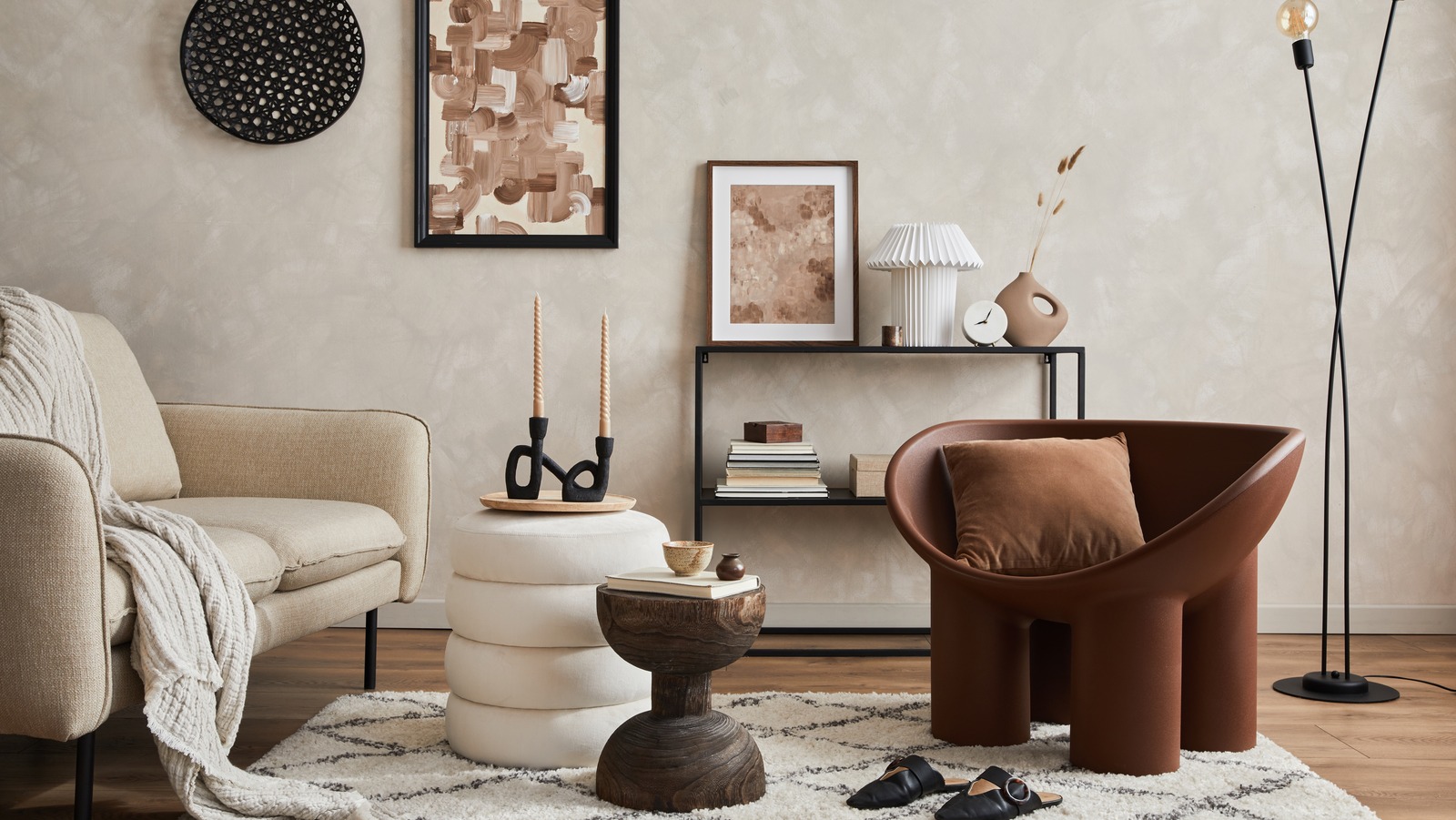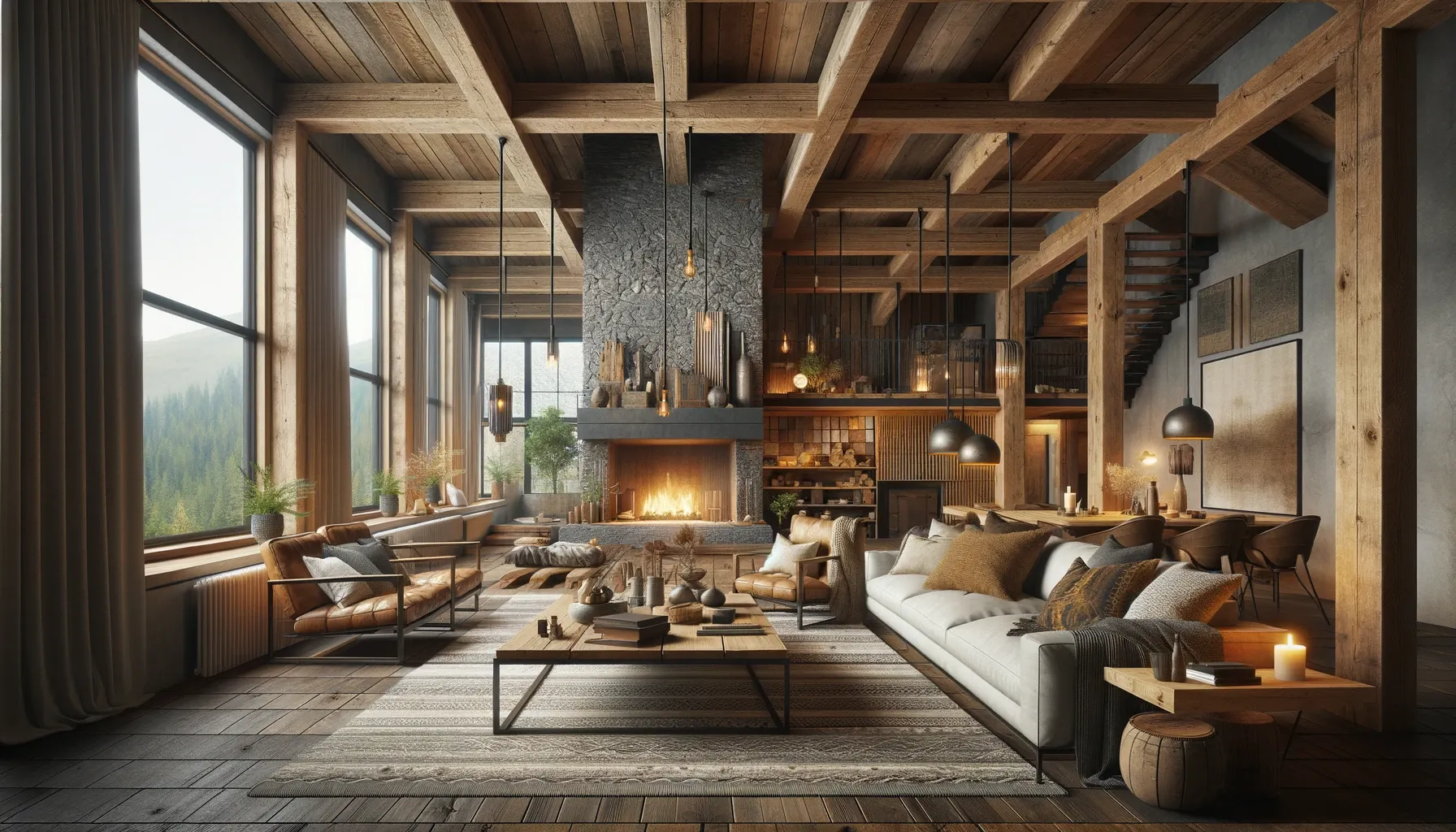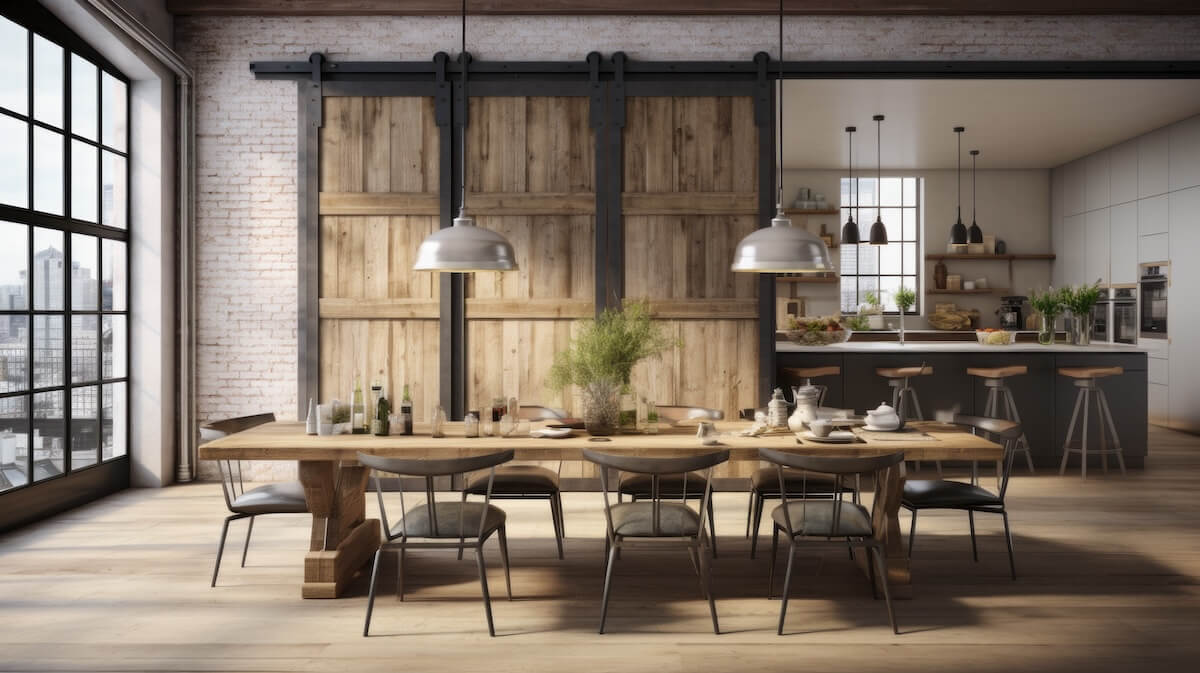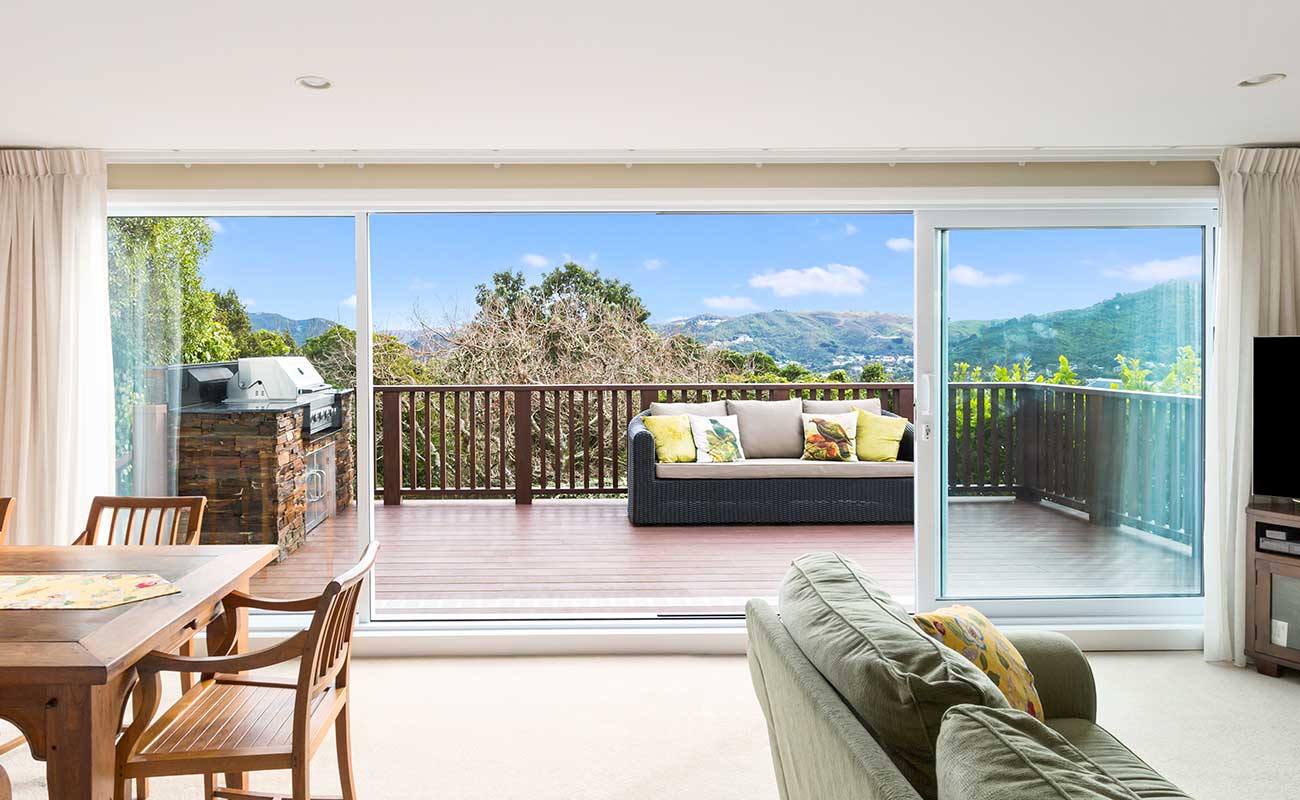When it comes to decorating your home, texture is often the unsung hero. While color and furniture steal the spotlight, it’s texture that brings your space to life, adding depth, warmth, and personality. Let’s dive into how you can masterfully incorporate textures into your home aesthetic for a space that feels truly special.
Understanding the Role of Texture in Interior Design
What is Texture in Interior Design?
Texture refers to the surface quality of a material—whether it’s rough, smooth, soft, or hard. It’s something you can feel with your hands or sense visually.
Why Texture Matters in Home Decor
Without texture, a room can feel flat or lifeless. Texture engages the senses, creating a richer and more inviting environment.
Types of Textures in Interior Design
Soft Textures
Think plush velvet sofas, fluffy rugs, or smooth silk curtains. These materials bring comfort and coziness.
Hard Textures
Hard surfaces like stone countertops, metal accents, or glass tabletops offer structure and contrast.
Natural Textures
Woods, plants, and woven fibers connect your home to nature and create an organic vibe.
Synthetic Textures
Faux fur, acrylics, and other man-made materials can mimic natural textures while being budget-friendly.
Benefits of Adding Texture to Your Home
Adds Visual Interest
Texture creates layers that draw the eye and make spaces feel dynamic rather than one-dimensional.
Enhances Comfort and Warmth
Soft textures invite you to relax, while hard textures anchor a space with strength.
Improves Room Depth and Dimension
A mix of textures helps avoid a flat look, giving your home a sense of fullness.
Key Principles for Incorporating Texture
Balancing Textures
Combine soft and hard textures to achieve harmony. For example, pair a rough stone fireplace with soft, plush throws.
Mixing Textures Harmoniously
Use contrasting materials—like metal and wood—but stick to a consistent color palette to maintain unity.
Considering Room Functionality
Textural choices should align with the room’s purpose. Durable textures work well in high-traffic areas, while softer ones are perfect for bedrooms.
Textures for Walls and Ceilings
Wallpaper and Paint Techniques
Textured Wallpaper
Opt for wallpaper with raised patterns to add instant depth.
Faux Finishes
Techniques like sponging or stippling create subtle wall textures.
Wooden Paneling and Beadboard
These add a touch of rustic charm or vintage elegance, depending on the finish.
Exposed Brick or Stone
These natural elements are perfect for adding rugged texture to walls.
Flooring and Rugs
Hardwood vs. Carpet
Hardwood adds timeless appeal, while carpets provide warmth and softness.
Using Rugs for Texture
Layering Rugs
Layer a smaller patterned rug over a larger neutral one for a cozy, designer look.
Choosing the Right Rug Material
Jute, wool, and shag rugs each bring unique textural elements.
Furniture and Textures
Upholstered Furniture
Choose fabrics like linen or velvet to add softness.
Wood, Metal, and Glass Surfaces
Balance these materials to achieve a well-rounded design.
Textiles and Soft Furnishings
Curtains and Drapes
Flowing fabrics soften the edges of a room.
Throw Pillows and Blankets
Mix and match patterns and materials for a layered look.
Bed Linens and Cushions
Opt for high-quality fabrics with varied weaves to enhance your bedroom’s texture.
Decorative Accessories for Texture
Vases, Bowls, and Sculptures
Choose items with interesting shapes and surfaces.
Wall Art and Mirrors
Frames and textures in artwork or mirrors can add another layer of detail.
Incorporating Natural Elements
Woven Materials
Baskets, rattan chairs, and wicker lampshades bring warmth and texture.
Greenery and Plants
Plants not only add color but also introduce natural texture to your home.
Playing with Light and Shadows
How Light Highlights Textures
Directional lighting can emphasize textures on walls, furniture, and decor.
Using Layered Lighting
Combine ambient, task, and accent lighting to play up the textures in your space.
Textures in Different Design Styles
Modern Minimalism
Keep it subtle with smooth surfaces and a few textural accents.
Rustic and Farmhouse
Embrace natural materials like wood and stone for a cozy feel.
Boho and Eclectic
Mix vibrant patterns and textured fabrics for a playful, layered look.
Common Mistakes to Avoid
Overloading with Too Many Textures
Too many competing textures can overwhelm a space. Less is often more.
Ignoring Cohesion
Ensure all textures work together rather than clashing.
Budget-Friendly Textural Upgrades
DIY Projects
Create your own textured artwork or furniture refinishing projects.
Affordable Finds
Thrift stores and flea markets often have unique textured items at great prices.
Conclusion
Adding texture to your home is like adding seasoning to food—it transforms the ordinary into the extraordinary. With thoughtful choices and creative layering, textures can turn your house into a warm, inviting haven. So go ahead and embrace the tactile beauty around you!
FAQs
- What are some simple ways to add texture to my home?
Use throw pillows, textured rugs, and plants to easily introduce texture. - Can I mix multiple textures in the same room?
Yes, just ensure they complement each other for a cohesive look. - How does lighting impact texture in a room?
Proper lighting highlights textures and adds depth. - What’s the best way to add texture to a small space?
Focus on smaller textural details like rugs, curtains, and wall decor. - Are textured walls difficult to maintain?
Not necessarily—regular cleaning and occasional touch-ups keep them looking fresh.




